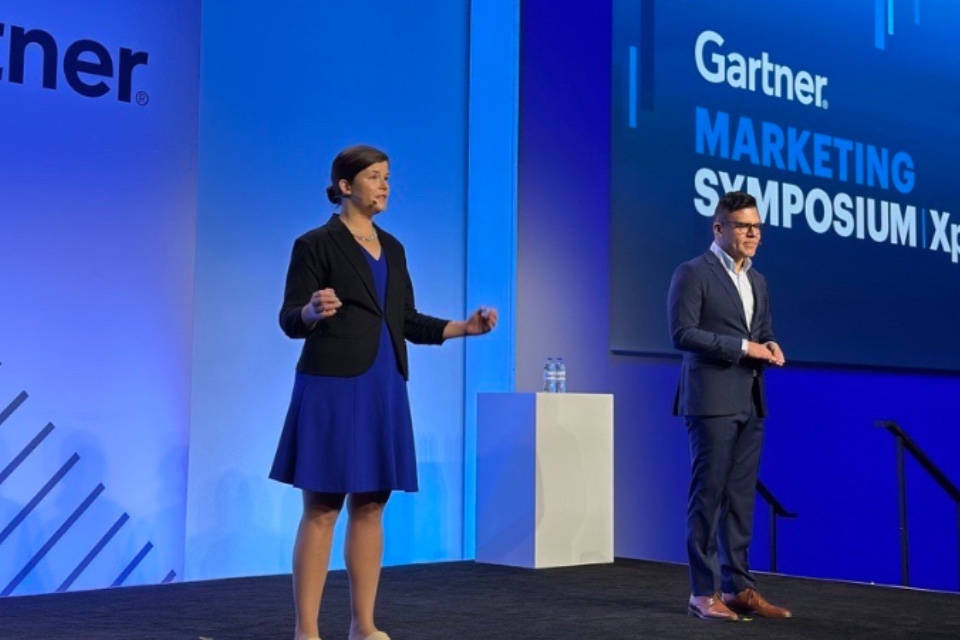Catalytic marketing experiences provide the greatest boost to commercially productive behaviours such as paying a premium or referring other customers to the brand.
That’s according to analysts at Gartner, who categorise catalytic marketing experiences as those that change customers’ understanding of their own needs and make them feel more confident moving in a new direction.
During the opening keynote of the Gartner Marketing Symposium/Xpo, Gartner experts explored how catalytic marketing can help alleviate the pressures CMOs are under to deliver profitable, digital growth amid disruption.
“In a pressurized environment, CMOs are eager to optimize their investments and justify their existence,” said Carlos Guerrero, VP, Advisory in the Gartner Marketing Practice. “Yet they overcompensate in their customer-focused activities, continuously investing in more channels, technology, customer data and personalization.
“The singular focus on customers results in a series of escalating and unprofitable investments in experiences that customers find invasive and tune out. To spark productive, lasting changes in organizations and audiences requires catalytic marketing.”
Catalytic experiences help marketers do less to get more: They don’t require additional integrated data, engagement across channels, nor more technology or a fully optimized engine for journey orchestration – all of which caters to CMOs’ budget and resource constraints.
Instead, they require one meaningful opportunity that prompts customers to stop and think, change their perspective on something they knew well, or teach them something entirely new about the brand.
Gartner research shows that a single catalytic digital experience doubles the likelihood of commercially productive behaviors. It matters even more than having a large number of memorable brand interactions and rating all of them as high-value.
For example, one cosmetics company provided customers with an AI-powered assessment of their unique skincare needs, simulating an in-person beauty advisor. Customers could reflect on and explore skin improvement goals based on an honest appraisal of their skin’s features compared to other people their age.
“The cosmetic brand went beyond being just another product recommender by supporting customers’ own self-assessment of their skin prior to being routed to any product recommendation,” said Lizzy Foo Kune, VP Analyst in the Gartner Marketing Practice. “Ultimately, the catalytic experience it provided deliberately elicited a moment of self-reflection that gave customers the confidence to commit to a new skin care regimen, providing lasting change in their target audience.”
The Three C’s of Catalytic CMOs: Clarity, Connections and Courage
Catalytic marketing must be supported by a distinct management orientation that allows CMOs to create and deploy these experiences at scale.
Catalytic marketing leaders demonstrate and cultivate unusual levels of:
- Clarity (of strategy) – They willingly articulate a limited set of core objectives and brand traits, and exercise discipline in pursuing a small number of strategically important activities.
- Connections (of capabilities) – They prioritize capabilities and management techniques that enable coordinated, adaptive use of resources, including converged channel management and cross-channel customer experiences.
- Courage (of convictions) – They defend choices to constrain remits, push back on urgent but unimportant requests, and opt to pare or devolve ownership of non-core tasks or investments.
“Progressive CMOs are breaking free from the cycle of more by embracing catalytic marketing and, in the process, shifting from growing marketing’s scope to growing marketing’s success as an efficient growth engine for the enterprise,” concluded Guerrero.










